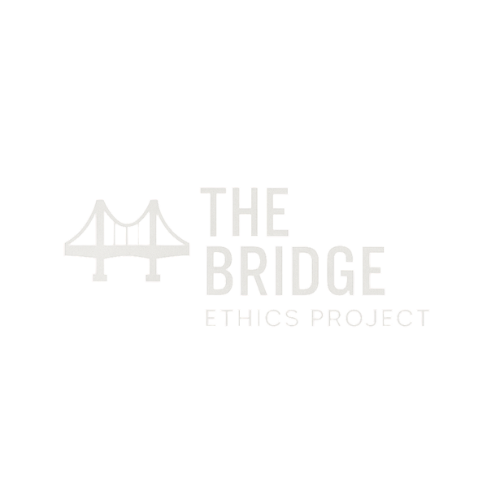The Ethical Dual Oversight Doctrine
Version 1.0 – Public Display
Why This Doctrine Exists
“If we don’t build the guardrails, who will?”
This doctrine was not born from theory. It was forged through lived experience and sharpened by necessity. AI systems are already deciding outcomes that shape people’s lives, often invisibly. Many of those affected don’t even know it’s happening.
I grew up without a voice, defined by forms I didn’t write and systems I couldn’t access. I know what it means to be unseen and that’s exactly what AI is doing again. Systems are making decisions without judgment, and no one is checking the logic.
This doctrine is a line in the sand. A mirror. A magnifier. A call to build with integrity before automation becomes the excuse for injustice.
This is my bridge.
It is built not to theorize ethics, but to enforce them.
Overview
Ethical Dual Oversight is a governance model that formalizes shared accountability between humans and AI. It embeds transparency, audibility, and ethical safety mechanisms into every system that impacts human lives.
Mission: To bridge the power of artificial intelligence with the integrity of human ethics by design, not by apology.
Table of Key Sections
- Scope & Purpose
- Definitions Snapshot
- System Design Principles
- Real-World Case Studies
- Clause Library Highlights
- Governance Strategy
- Integrity & Enforcement
Scope & Purpose
“AI will define who gets access, who gets help, and who gets left behind. This doctrine makes sure those decisions aren’t made in the dark.”
This framework applies to all AI, algorithmic, or automated decision-making systems that affect human dignity, access, or outcomes, especially for vulnerable populations.
It exists to:
- Provide transparent, ethical language for AI accountability
- Define enforceable roles for human and machine actors
- Build real-time audibility into all critical systems
If a system can affect your life, it answers to this.
Definitions Snapshot
- AI Ethical Sentinel – Monitors decisions, flags ethical risk
- Human Moral Arbiter – Retains override power, adds human context
- Mutual Accountability Loop – All decisions logged, reviewed, recalibrated
- Disagreement Trigger Protocol (DTP) – Flags ethical conflicts between AI and humans for review
System Design Principles
- Transparency first – No black boxes
- Consent always – Especially with biometric, emotional, or child data
- Auditable logic – Systems must prove their choices
- Real consequences – Audit failure = system suspension
- Dual Oversight – AI and humans co-monitor, co-correct
Real-World Case Studies
Each case stress-tested this doctrine under real world pressure. Every clause came from a failure that demanded clarity.
Sample Cases:
- Criminal sentencing bias (COMPAS)
- Tesla Autopilot & foreseeable misuse
- AI hiring tools discriminating by gender
- Watson AI for Oncology & unproven deployments
- Social media emotional profiling
- AI in education & surveillance of minors
- Facial recognition and synthetic identity deception
Clause Library Highlights
- Clause 6.1 – Transparent Sentencing Algorithms
- Clause 6.5 – Scoring Systems and the Right to Challenge
- Clause 6.6 – Algorithmic Dignity for Minors
- Clause 6.9 – Emotional Targeting & Consent
- Clause 6.17 – Biometric Consent Enforcement
- Clause 6.20 – Government Surveillance Ethics Mandate
Governance Strategy
- Public institutions adopt the doctrine through internal policy and public commitment
- Systems are mapped against doctrine clauses at procurement and during operation
- Ethics officers oversee internal alignment, while third parties handle independent audits
Integrity & Enforcement
- Every AI system must maintain a Chain of Ethical Custody
- All AI-human conflicts trigger a Disagreement Trigger Protocol (DTP)
- Systems that fail audits are paused until corrected or documented in the Changelog
“If you can’t track what changed, you can’t trust what remains.”
